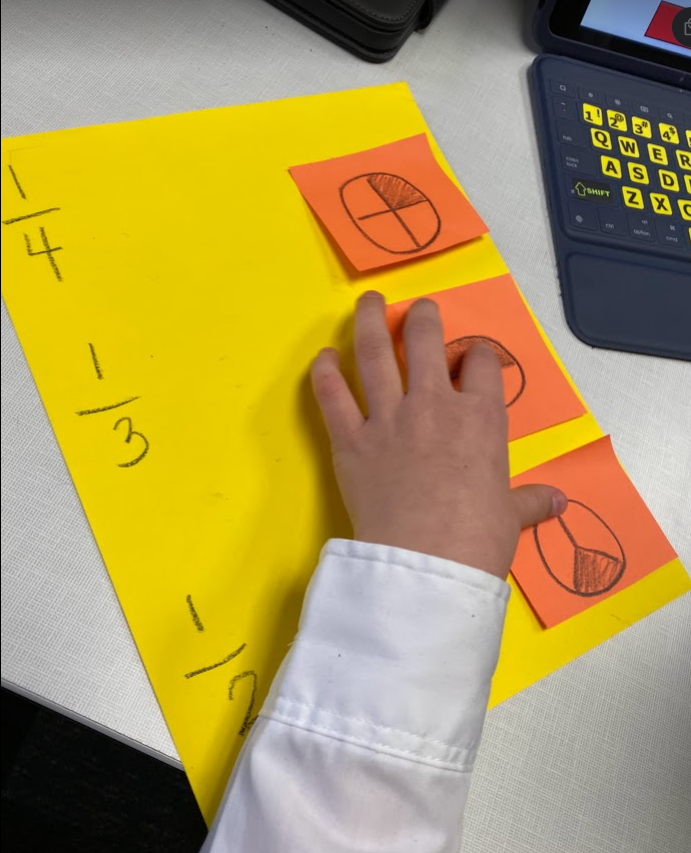Top Advice For Choosing Italian Kindergarten Teaching Didactics
Wiki Article
What Is The Best Educational Materials For An Italian Primary Or Nursery School?
Materials are essential to aid in learning and the development of children in an Italian primary or pre-school. Here are a few examples of the types of materials which may be required Workbooks and texts: These are essential for teaching core subjects like Italian math, language, science, and social studies.
Art and Craft Materials: This includes crayons, paper, markers, paints, brushes and other materials that students may use to create creative projects.
Blocks, puzzles or games that use manipulatives are excellent for developing problem-solving and critical thinking skills.
Educational technology: Computers, tablets and other technologies can be utilized to improve learning and providing additional resources to students.
Visual aids such as posters, charts, maps and others can help students understand and remember essential concepts.
Books: A variety books that are appropriate for children of all ages in Italian will encourage reading of Italian and language development.
Musical instruments Instruments that play music, such as tambourines, xylophones and maracas can be utilized to help teach rhythm and music appreciation.
Safety equipment is essential to the well-being and safety of students and staff. They include fire extinguishers and posters with emergency procedures.
The equipment for sports can be used to be used in outdoor activities, physical education, and even as a part of the classroom.
Italian elementary and nursery school teachers will require a vast selection of materials for teaching to provide a stimulating and fun environment for their students. Read the best sostegno infanzia for blog recommendations.

What Mathematics Teaching Materials And Educational Tools Are Advisable In Italian Nurseries
Educational aids and materials which teach mathematics can aid children improve their problem-solving and spatial skills. These are just a few recommended materials.
Charts, number cards: Use charts and cards to teach your kids how to count and also to master numbers. These can include large, colorful numbers for the walls, as well as smaller cards that children can handle and hold.
Shape manipulatives. Shape manipulatives such as magnetic tiles and wooden puzzles can aid in the development of spatial reasoning and help children understand the different properties of shapes.
Measuring tool: Measuring or comparing tools, such as rulers, measuring tools, and scales, can help kids to build and expand their math vocabulary.
Simple puzzles and games simple games and puzzles such as dominoes, matching games and jigsaw puzzles are a great way to help children develop their problem-solving skills and also their focus and attention to detail.
Technology-based aids Tablets and other technology-based aids like tablets that have educational math apps and games can engage youngsters and offer additional resources to help them learn.
It is essential to use these materials in a developmentally appropriate way and to ensure that they're safe and suitable for young children. Teachers and caregivers can use these materials to design exciting and engaging math activities which encourage children's curiosity and enthusiasm for learning. Read the most popular sostegno matematica for site recommendations.

What Science-Based Teaching Material What Is Required In Italian Nurseries?
It is crucial to provide support for the use of science-based materials in Italian nurseries so children are able to explore and explore their surroundings. Here are some examples of teaching materials for science assistance that might be required curriculum and lesson plans A well-planned curriculum and lesson plans that include scientific ideas can help to ensure that children are exposed a range of scientific concepts and skills.
Visual aids and manipulatives: Visual aids like posters, nature specimens and charts and even simple science kits and magnifying lenses are a great way for children to learn science concepts through doing it themselves.
Videos and books. Videos and books that focus on specific topics like weather, animals, plants, and space, could give children additional resources and help them learn.
Outdoor learning spaces: Learning areas like playgrounds and gardens can offer opportunities for children to explore and experience the natural world.
Parental involvement: Involving the parents in science education can aid in the reinforcement of concepts learned in the nursery. It also encourages family involvement.
Assessment tools: Assessment tools help teachers and caregivers monitor children's progress and spot areas where further assistance may be needed.
It is essential that teaching materials are appropriate for children of all age groups. These materials can be used by teachers and parents to develop fun, engaging science projects that foster children's interest in learning and curiosity. Have a look at the top schede didattiche scienze sostegno for site examples.

What Kinds Of Geography Resources Should Be Used In Italian Kindergartens?
Geography teaching materials in Italian nurseries can assist children to acquire a greater understanding of the world around them and gain knowledge about various cultures and the environment. Here are some examples of geography-related materials. Maps: They can aid children in understanding the geography of different regions and countries and their geographical location.
Globes. Globes can help your child visualize the Earth's surface. They can also learn more about the continents.
Video and Pictures: Images and videos that showcase different cultures and places can be used to teach children about the diversity of the world. They can also discover about the different ways people live.
Books: Books for children of a certain age featuring diverse countries and cultures will aid in fostering children's curiosity about geography.
Natural substances. Rocks, shells and plants aid children in understanding different eco-systems and the environment.
Field trips: Field trip to local parks or museums, zoos, and zoos can give children a hands-on experience and an opportunity to learn geography in a more realistic setting.
Choose geography teaching materials which are appropriate for the age group and aware of cultural differences. These materials can help parents and teachers create exciting and enjoyable geography lessons for children, which will stimulate their curiosity and passion for learning more about the world. View the best materiale didattico geografia for blog recommendations.
